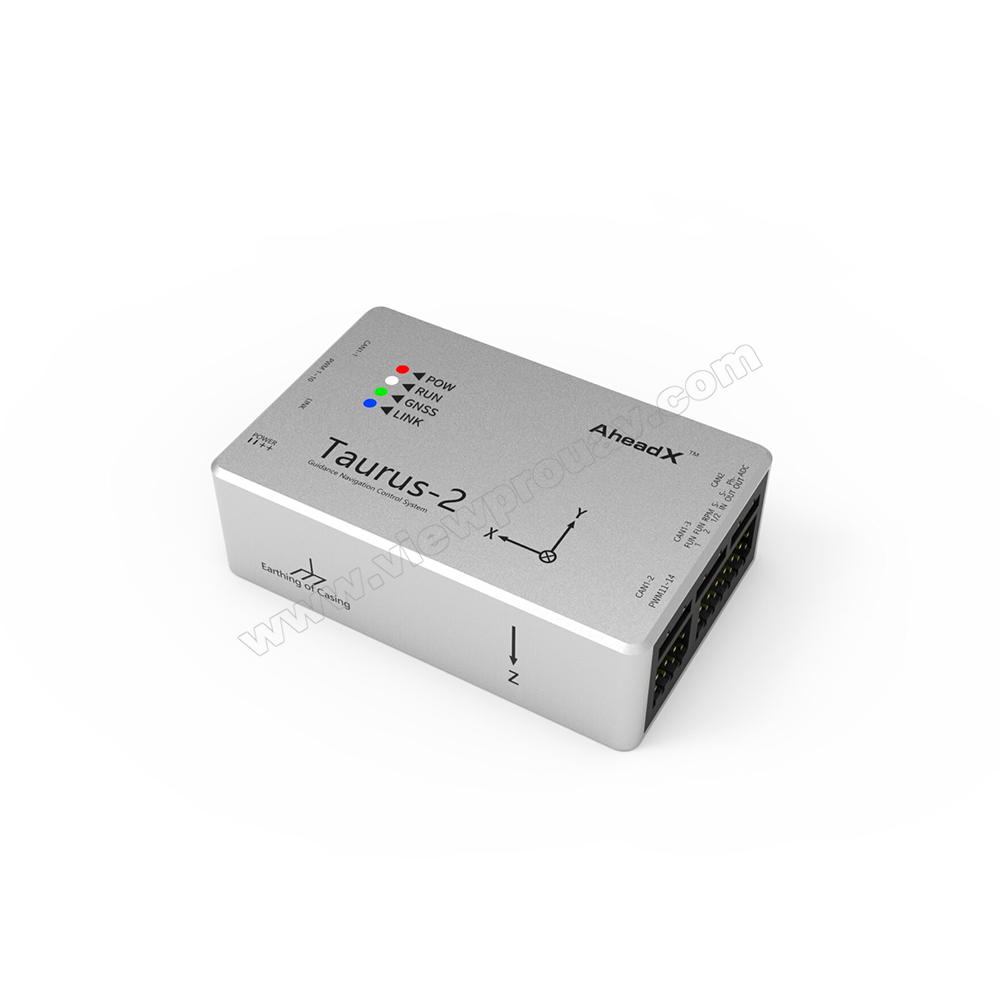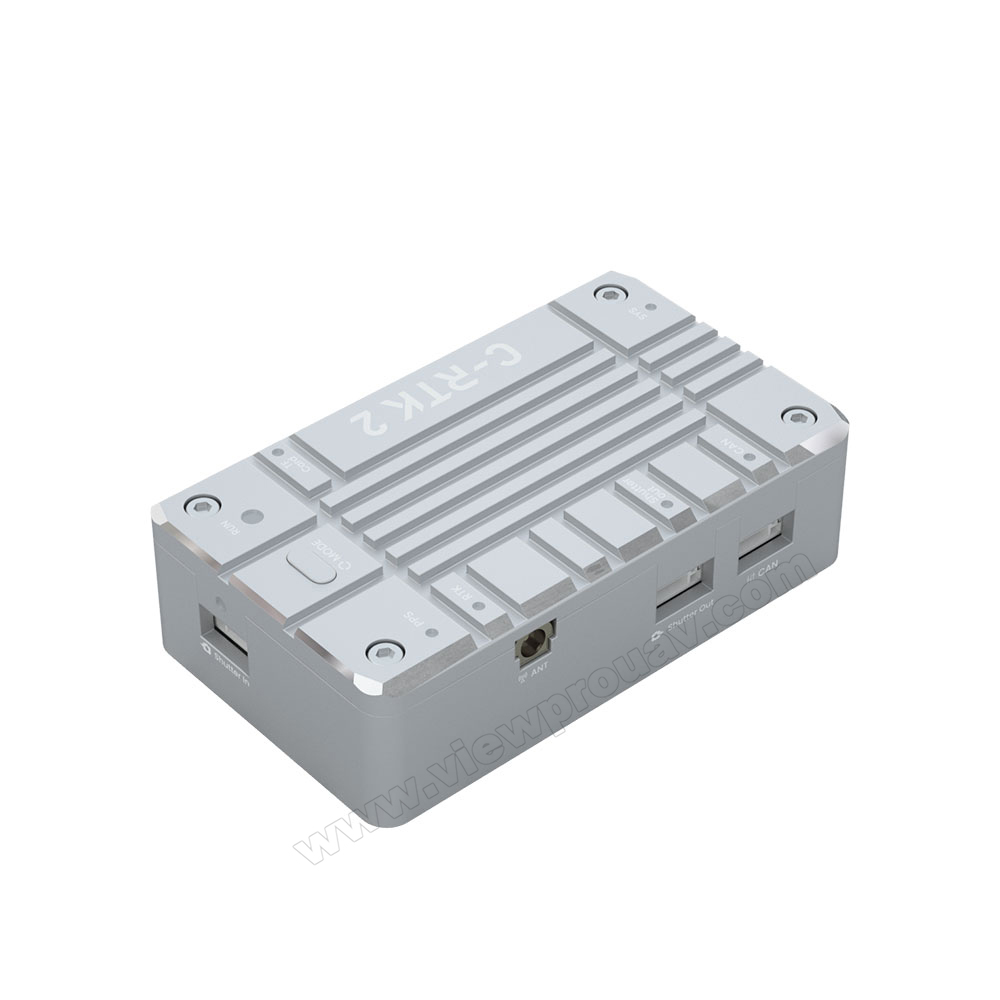Why Choose SparkNavi Drone Flight Controller and GNSS/INS Made in Taiwan for Advanced Navigating
Why Choose SparkNavi Drone Flight Controller and GNSS/INS Made in Taiwan for Advanced Navigating
Blog Article
Discovering the Duty of Drone Flight Controllers in Enhancing Flight Security and Navigation Performance
The improvement of drone modern technology has substantially enhanced the importance of trip controllers, which offer as the brain of these airborne automobiles. By incorporating real-time information from a selection of sensors, flight controllers boost flight security and navigation effectiveness, guaranteeing that drones can operate smoothly also in complex settings.

Understanding Trip Controllers
Trip controllers are essential parts in the performance of drones, working as the minds that manage and stabilize trip procedures. These innovative devices process information from various sensors, including accelerometers, gyroscopes, and GPS, to make sure that the drone preserves its desired flight course. The trip controller translates this data and executes commands based upon pre-defined formulas, enabling the drone to respond to ecological adjustments, such as wind or barriers.
The main feature of a flight controller is to keep security during flight. It achieves this by making real-time changes to the drone's electric motors and control surface areas, making sure equilibrium and control. Additionally, contemporary trip controllers incorporate innovative functions such as waypoint navigation, allowing for automated trip paths and improved functional effectiveness.
Understanding the architecture of flight controllers is important for both hobbyists and experts. They commonly include a microcontroller, firmware, and various user interfaces for sensing unit input and communication. As innovation developments, flight controllers have actually become extra portable and capable, integrating fabricated intelligence to enhance decision-making procedures and adapt to complicated trip circumstances. This evolution symbolizes an essential development in the drone market, leading the way for extra advanced applications and more secure procedures.
Secret Parts of Trip Security
Accomplishing optimal trip security in drones relies upon a number of key elements that operate in performance to make certain controlled and smooth procedures. Central to this security is the trip controller itself, which refines information from numerous sensing units to preserve the desired flight attitude. This includes accelerometers and gyroscopes that gauge movement and alignment, enabling real-time modifications to the drone's placement.
One more essential element is the digital rate controllers (ESCs), which regulate the power delivered to the motors. By finely adjusting motor rates in reaction to flight controller commands, ESCs aid keep balance and neutralize disruptions created by wind or sudden activities.
Additionally, the design of the drone's framework plays an essential role in flight stability. A well-structured structure minimizes resonances and enhances the total aerodynamic profile, adding to smoother flight qualities. Lastly, the integration of innovative algorithms within the trip controller help in anticipating adjustments, ensuring a adaptable and responsive trip experience.
Together, these parts develop a natural system that boosts a drone's stability, permitting precise maneuvering and enhanced efficiency in different flight problems.
Navigation Effectiveness Techniques
Performance in navigation is necessary for enhancing drone operations, specifically in complex atmospheres. Effective navigating strategies enhance the ability of drones to pass through tough terrains and avoid challenges, thereby enhancing operational performance and safety.
One popular method is the execution of sophisticated general practitioners and inertial measurement devices (IMUs) that offer accurate place monitoring and alignment data. These innovations permit drones to calculate optimum flight paths in real-time, taking into consideration numerous factors such as wind conditions and possible barriers.
An additional strategy entails using formulas for path planning and optimization. Algorithms such as A * and Dijkstra's algorithm can be released to determine the most reliable course while decreasing power usage and trip time. Integrating device knowing models can enable drones to adaptively learn from their environments, enhancing navigating capabilities via experience.

Effect on Autonomous Drones
The combination sites of sophisticated navigating methods has greatly changed the abilities of autonomous drones, allowing them to run with higher autonomy and accuracy. SparkNavi drone flight controller and GNSS/INS made in taiwan. These improvements are mostly associated to advanced flight controllers that utilize real-time information handling and sensor blend, enabling drones to browse intricate settings effortlessly
The effect on autonomous drones expands beyond plain navigation; it encompasses improved barrier evasion, enhanced stability throughout vibrant problems, and enhanced mission integrity. By leveraging formulas that incorporate equipment knowing and expert system, drones can adapt to transforming circumstances, advice making notified decisions that enhance their trip paths while minimizing threats.
Additionally, the application of robust flight controllers has actually helped with the implementation of complicated jobs, such as aerial examinations, distribution solutions, and farming monitoring, with marginal human treatment. This ability not only improves procedures however additionally minimizes human error, therefore enhancing general safety.
Consequently, the functional extent of autonomous drones has increased substantially, making them important devices in numerous industries. Their capacity to perform effectively in varied situations emphasizes the vital duty that advanced flight controllers play fit the future of unmanned airborne systems.
Future Fads in Flight Control
Regularly, developments in trip control technology are positioned to redefine the landscape of drone procedures in the coming years. Emerging trends show a considerable change in the direction of boosted expert system (AI) assimilation, allowing flight controllers to process real-time data a lot more successfully. This advancement will certainly facilitate enhanced decision-making abilities, permitting drones to adapt to dynamic ecological problems autonomously.
In addition, the implementation of machine knowing algorithms is anticipated to improve anticipating upkeep, consequently lessening downtime and extending the lifecycle of drone components. This positive strategy to maintenance will certainly be critical as drone applications expand throughout different industries, from agriculture to logistics.

.png)
Finally, advancements in safe and secure interaction methods will certainly address safety and security and regulative concerns, ensuring that drones can run effortlessly in stuffed airspaces (SparkNavi drone flight controller and GNSS/INS made in taiwan). Collectively, these patterns direct towards a future where flight control systems are not only smarter and much more likewise capable yet reliable of running securely in a progressively incorporated airspace
Final Thought
To conclude, drone flight controllers are essential to enhancing flight stability and navigating effectiveness via the innovative processing of sensor information. By maintaining optimal flight perspectives and using innovative algorithms for course optimization and barrier avoidance, these controllers considerably add to the freedom and functional safety of drones. As modern technology remains to evolve, even read this more improvements in flight control systems are prepared for, assuring better efficiency and broadened abilities in the realm of unmanned airborne automobiles.
By incorporating real-time information from a selection of sensing units, flight controllers improve flight security and navigating performance, guaranteeing that drones can operate smoothly even in complex environments.Flight controllers are integral components in the functioning of drones, offering as the minds that take care of and maintain trip operations. Furthermore, modern flight controllers incorporate innovative attributes such as waypoint navigation, allowing for automated trip courses and improved operational efficiency.
Central to this security is the flight controller itself, which processes data from various sensing units to keep the wanted flight attitude.In conclusion, drone trip controllers are important to boosting trip stability and navigation performance through the sophisticated processing of sensor data.
Report this page